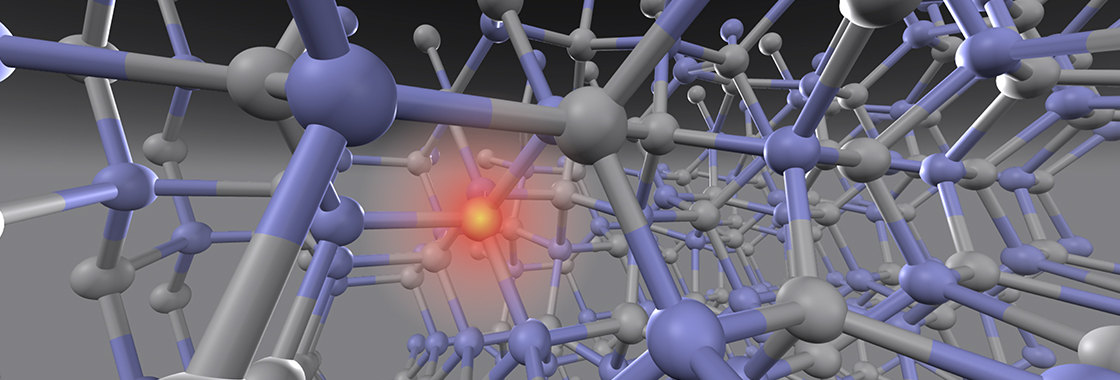Department Atomic-Scale Dynamics in Light-Energy Conversion
Department
The conversion of light energy into other forms of energy is of uttermost importance in a vast range of fields, such as natural and artificial photosynthesis, photoelectrochemistry, or optoelectronic device development. The absorption of a photon by a material can lead to the population of an electronically excited state with enhanced chemical reactivity or to the switching of a material between two states with vastly different properties. Excited-state energy dissipates by a variety of mechanisms, including intersystem crossing, electron-phonon coupling, luminescence, charge/energy transfer, or non-radiative decay in the form of heat. Depending on the specific application, the aim is to optimize one or several of these relaxation pathways, while avoiding others. A fundamental atomic-scale and microscopic understanding of the dynamics after photon absorption is thus pivotal for the rational control and bottom-up design and synthesis of light-harvesting and photoswitching materials and devices.

HZB/R.M. van der Veen
Ultrafast X-ray and Electron Science
While ultrafast optical spectroscopies are very powerful for probing the electronic population of excited states with attosecond (as) to nanosecond (ns) temporal resolution, they often lack the spatial resolution necessary to resolve individual atoms. Our department specializes in the development and application of time-resolved pump-probe techniques based on X-ray and fast-electron probes. The Å-nm-scale de Broglie wavelength of these probe pulses renders them directly sensitive to the atomic-scale structure. Knowledge of the structural dynamics that accompany light-induced relaxation processes is crucial to uncover the mechanisms of bond-breaking and -making in photochemical reactions, to derive intricate structure-property-photoactivity relationships, and to enhance the predictive ability of theoretical atomic-scale models in photovoltaics, photocatalysis, and optoelectronics.
Operando Interfacial Photochemistry
A major challenge is to develop sufficient quantities of stable, cost-effective photoelectrochemical cell materials that will improve photoanode properties in the interest of higher efficiency water electrolysis. Such challenges, however, can only be overcome if the atomic-scale interactions occurring at the solid–electrolyte interface are thoroughly understood. To improve this understanding, our department uses photoelectron spectroscopy to study the non-radiative relaxation processes and induced electron- and charge-exchange processes at the interface.

